Bound for Life – The history of wedding rings
by Kate Reid
April 4, 2019 / Wedding Rings
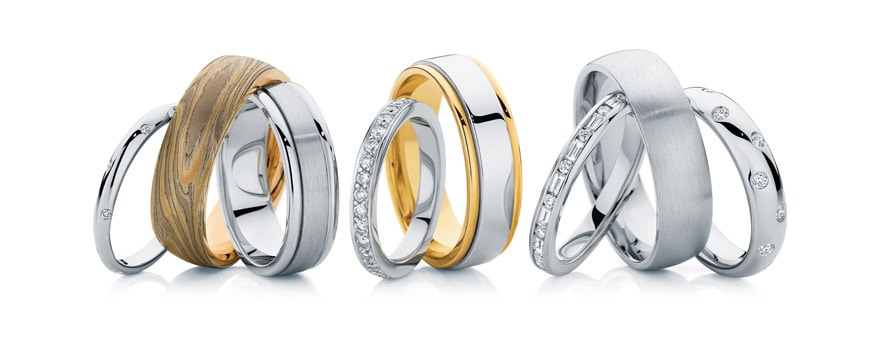 After the endless scrolling through social media, screenshotting the perfect inspo posts to show your jeweller – will your wedding ring have hints of Victorian and Art Deco eras influenced by your own tastes as today’s modern bride of 2019?
After the endless scrolling through social media, screenshotting the perfect inspo posts to show your jeweller – will your wedding ring have hints of Victorian and Art Deco eras influenced by your own tastes as today’s modern bride of 2019?
Have you decided on a perfectly matched band to compliment your engagement ring? Or, you may opt for a statement ring worn on your right hand. Not to mention the endless material options, you’ve got white, yellow, and rose gold, platinum, zirconium, or braided hemp did you say?? You may have a little trouble finding inspo shots of these on Instagram. Believe it or not, they are the O.G of wedding rings, hailing from Ancient Egypt, it would certainly make your ring authentically vintage!
The custom of exchanging rings as a symbolic commitment between couples was first recorded around 5,000 years ago in Ancient Egypt. Wedding rings represented the union of two individuals and their never-ending love for one another through the exchanging of rings. The material of choice did progress to leather, bone, and ivory, now these may still understandably not tickle your fancy as the ring you’ll be wearing for the rest of your life. We can thank the Egyptians for the romanticism they added, as they believed placing the ring on the fourth finger of the left hand where the ‘vein of love’ lies underneath and runs directly to your heart. Despite the fact that this has now proven anatomically false, it has ingrained its way into wedding customs around the world. Additionally, from a jeweller’s perspective, this totally makes sense! The majority of people are right-handed so your most active fingers naturally protect your ring finger, therefore less wear and tear on your wedding ring.
Of course, the history of anything cannot be discussed without mentioning the Romans! Otherwise, did it ever even happen? A groom of Ancient Rome would gift his bride with an iron ring, and then later, starting from the 3rd century, Roman brides would receive a gold ring. The shift in opting for a durable material signified strength, perpetuity, and net worth. Although, the Romans didn’t place the union of individuals and their love for each other on a pedestal, like the Egyptians. Rather, it was a symbol of ownership and status for men as they would claim their woman with the gifting of a ring. Fortunately, this custom did adapt during the middle ages into the celebratory act of exchanging rings we know today. It remains centered around love and pledging commitment to one another.
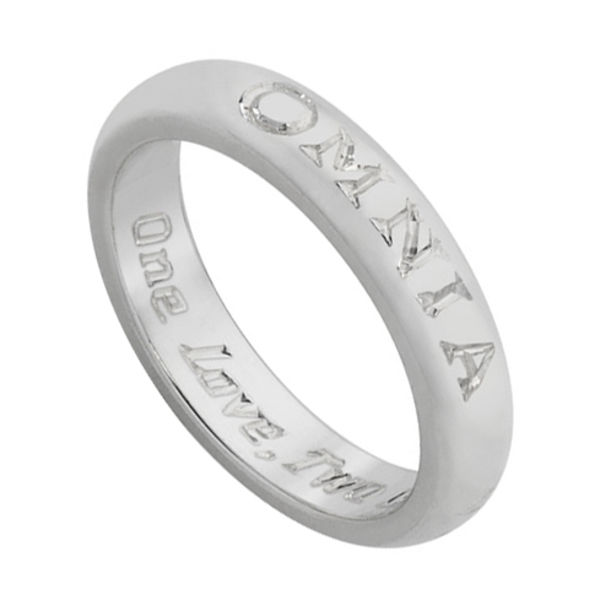
What we can be thankful to the Romans for, is the improvement made to material choice and the glow-up wedding rings had. Engraving became an immensely popular way to personalise couple’s bands. It initially began as the faces or figures of the engaged couple, and once Christianity became the official religion, also engraved was a cross or Jesus between the two, blessing their marriage. One feature which really has been passed on into the design of wedding rings today originated from the Posy ring during the 15th and 17th centuries. A posy ring has a short verse or poem engraved on the outside of the band alongside decadent engraving. This gradually modified into simple engraved wedding ring designs with inscriptions contained on the inside of the band to keep messages private and intimate for the wearer. So, when you’re deciding on engraving for yourself or your significant other, keep it short and sweet as less is more!
Since the vein of love doesn’t actually run from the ring finger of your left hand to your heart, there is no rule that says you can’t have a showpiece ring adorned by your right hand! There are many cultures around the world who wear their wedding ring on the right hand including Portugal, Spain, and Russia to name a few. In India, it is believed the left hand is considered unclean as it is the hand people generally use for washing themselves. Whether you’d prefer a simple, elegant ring that doesn’t steal your engagement ring’s thunder, or if you’re going for the double-whammy effect, talk to our jewellers and do what’s best for you as either direction can be executed beautifully.
Across various and cultures and times in history, the iconic wedding ring has transcended from the eternal bond for life to ownership and net worth, and back to romantic symbolism. While experimenting with materials and decoration, the exchange of wedding bands has transformed into the endless design possibilities we know today – thanks to Instagram. Whether you may like to include its origins in the design of your wedding ring is another question. Today’s bride has many more things to consider when deciding on the ring she’ll wear forever, no pressure. Such as, how will the ring factor into her lifestyle, which trends she may be loving at the time but maybe rightfully forgotten in five years.
At Larsen Jewellery, we can collaborate with you and create a truly timeless piece, and wedding bands in our Sydney, Melbourne or Brisbane studios. As all our custom-made rings include a lifetime guarantee, we can create your vision in gold, platinum, titanium, or zirconium. Safe to say, we’re not jumping up and down at the idea of a braided hemp wedding ring either!
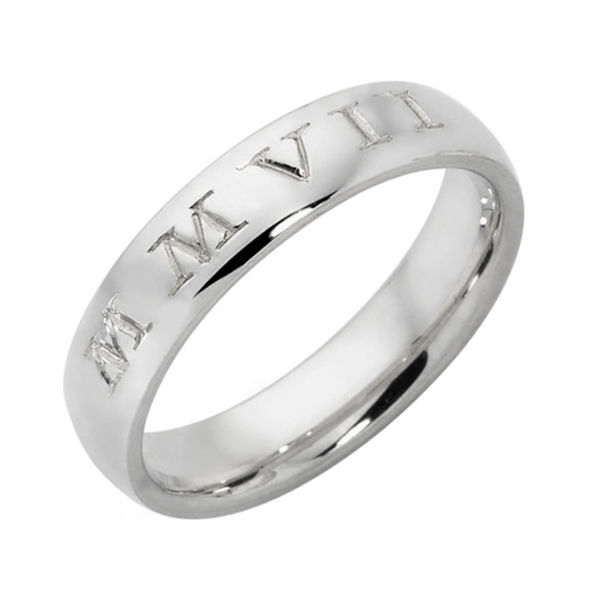
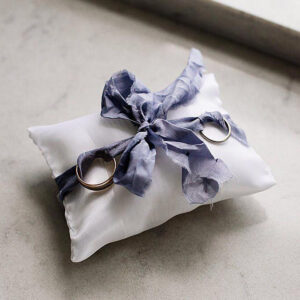
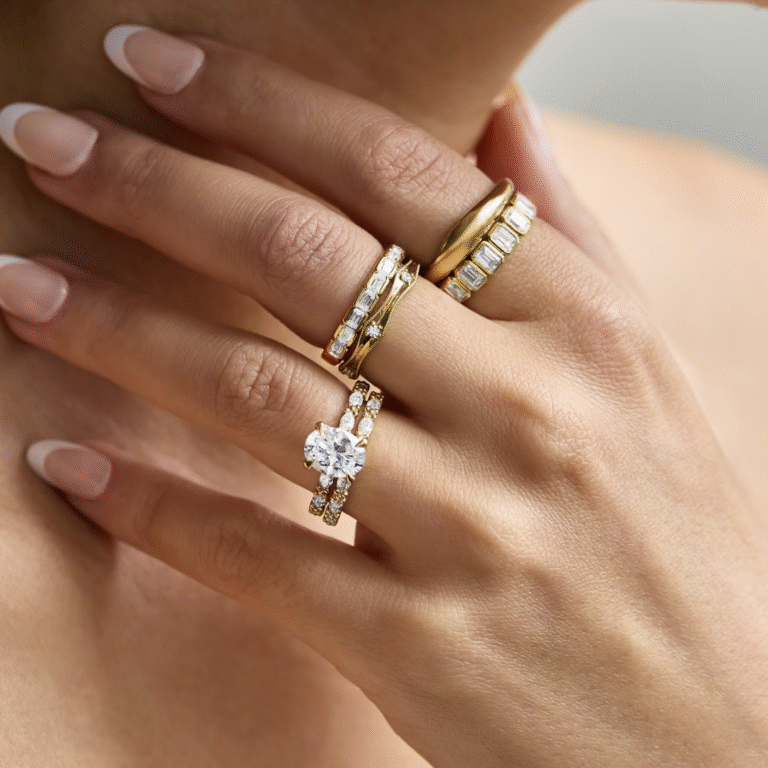
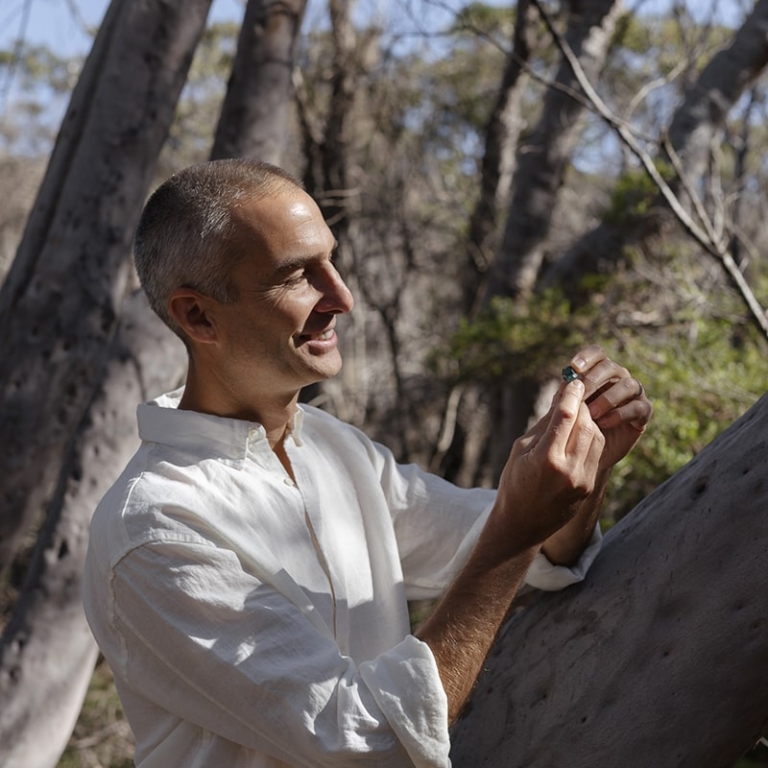
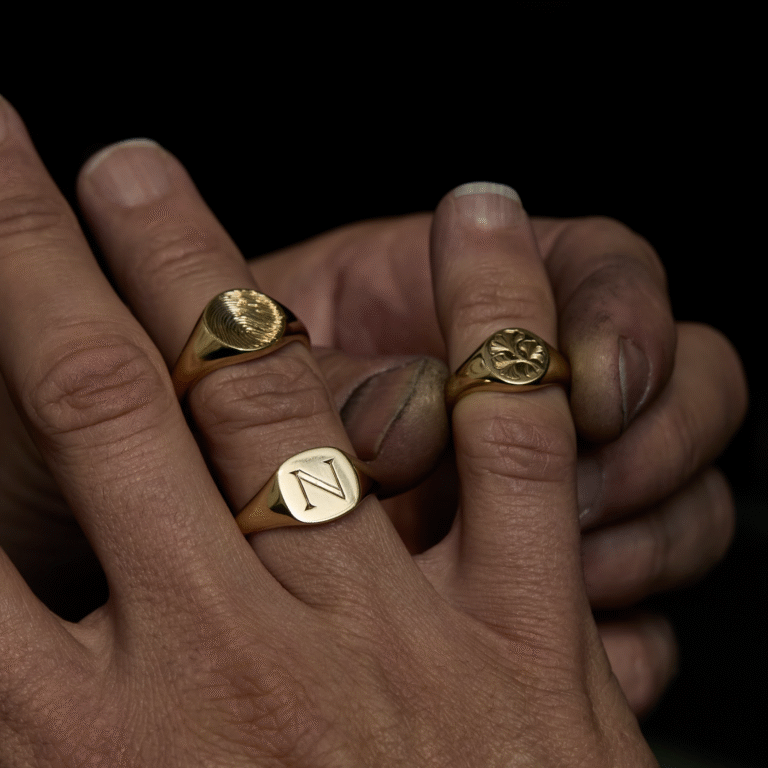
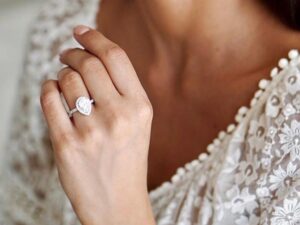

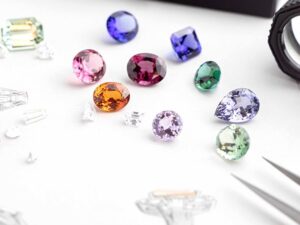
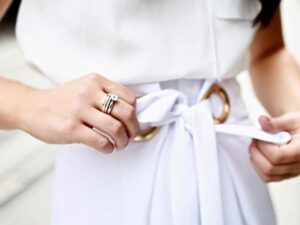
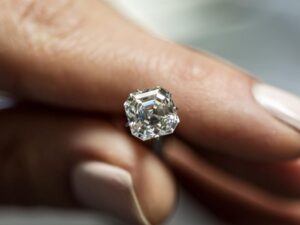
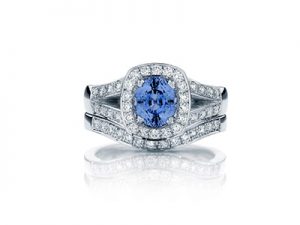
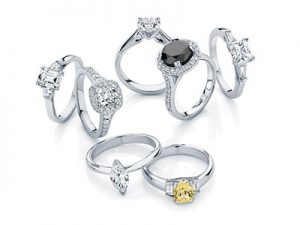
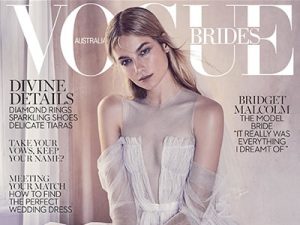
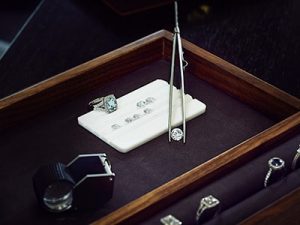
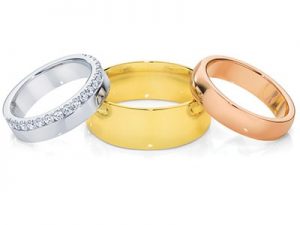
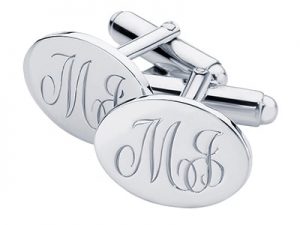

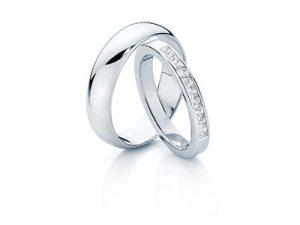
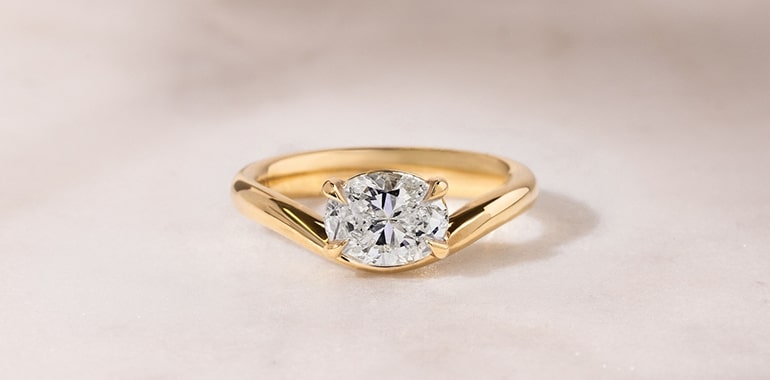
Beautiful collection